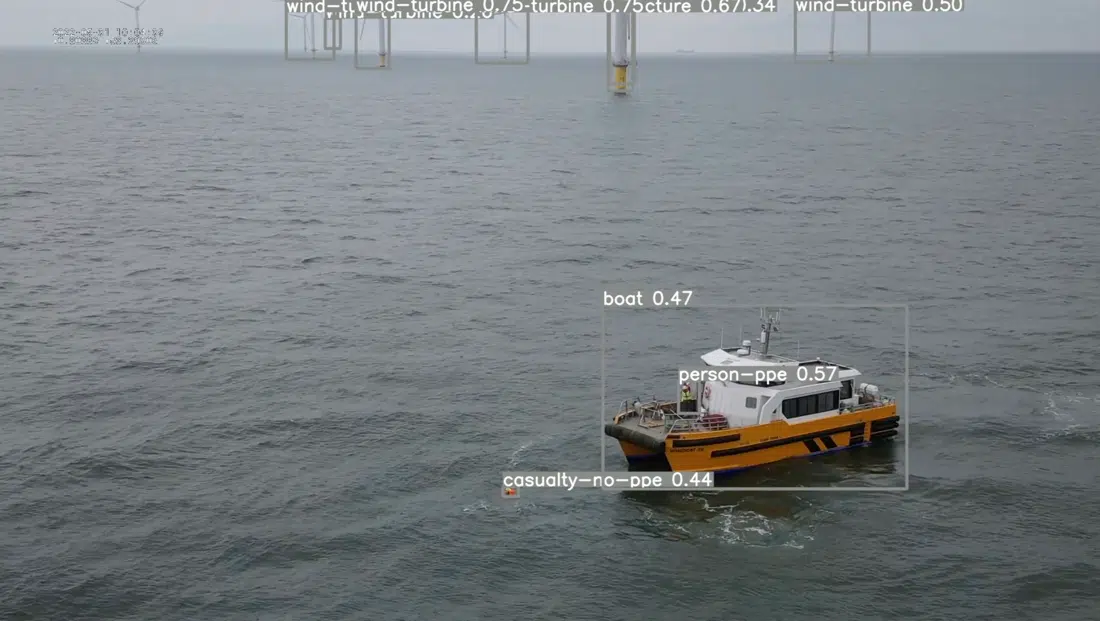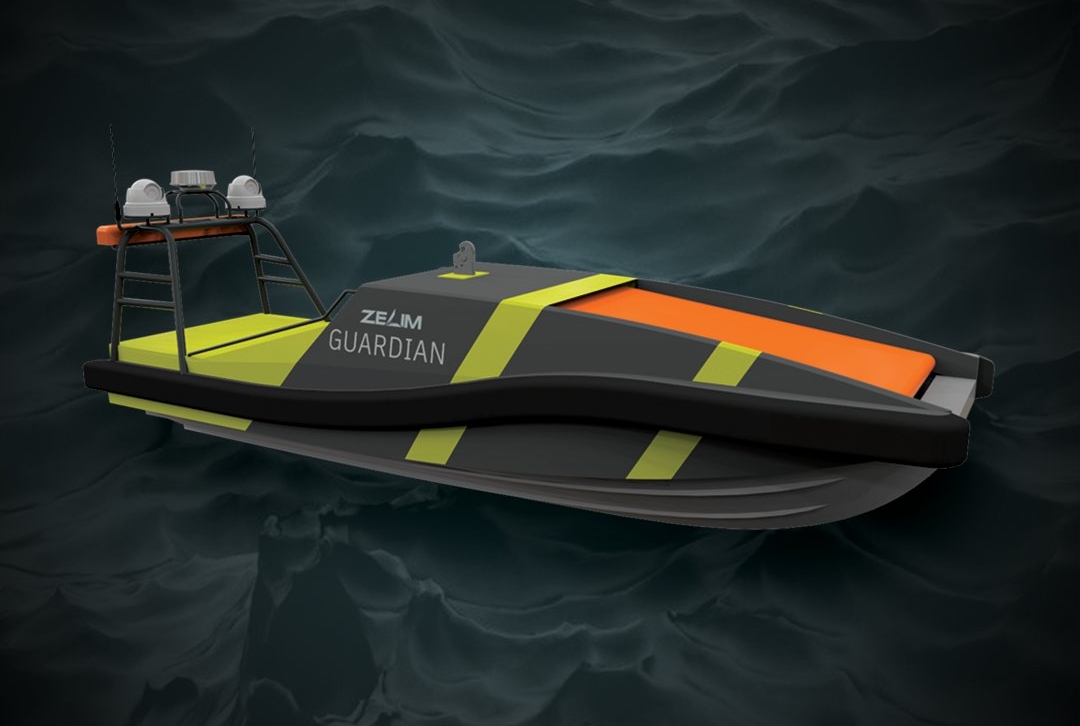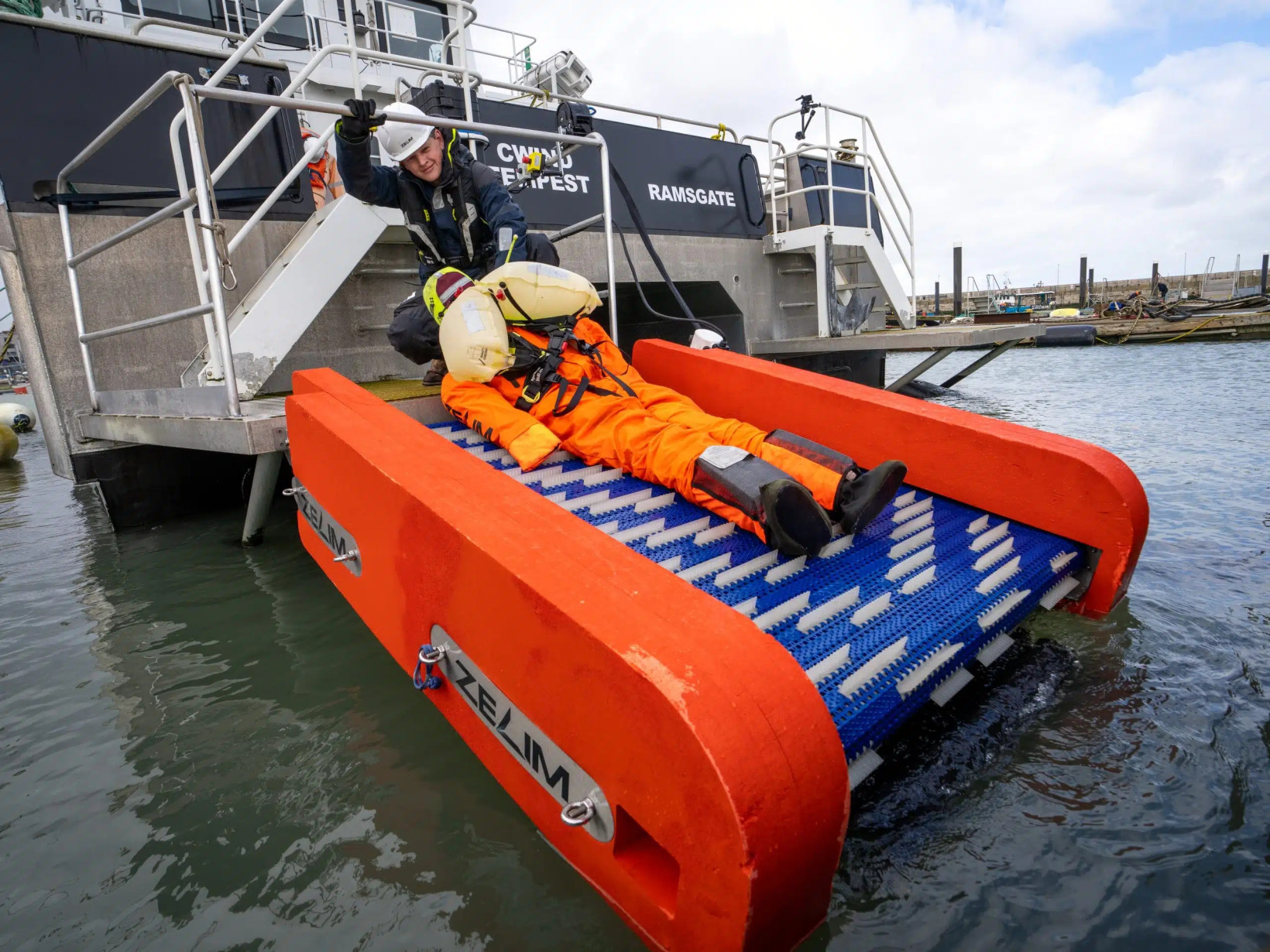
Few know the risks of working in the ocean better than Sam Mayall. A sailor since he was a boy, Mayall has witnessed several treacherous accidents offshore — some of which were fatal.
That’s what drew the young deckhand to found Zelim in 2017. The startup’s technology aims to make remote-controlled search and rescue the norm — keeping people out of danger while, ultimately, saving lives.
Zelim, based out of Edinburgh, recently inked a deal with offshore wind giant Ocean Winds to trial its AI-powered person-overboard detection technology at a floating wind farm off the coast of Portugal.
Using footage from CCTV or drones, the technology — dubbed ZOE — can find and track people, vessels, and other objects in real-time and in stormy seas. It currently does this to a 90% degree of accuracy, although the more the system is tested, the more accurate it will become.

“Finding someone in distress at sea is often a game of chance, especially when you factor in waves, sea spray, darkness, and how quickly people can drift in the current,” said Zelim’s chief technology officer, Doug Lothian.
“We see ZOE providing a safety net around offshore assets, where if somebody ends up in the water, they will be detected and an immediate alert sent, thereby enabling a fast and efficient rescue,” he said.
New offshore wind farms are popping up all over, as Europe pushes to decarbonise its energy production. This means more workers at sea, in addition to those already working in industries such as oil and gas, maritime research, and fishing.
But far from shore, it can sometimes take search and rescue teams hours to reach people who’ve fallen overboard. And in stormy seas, when the majority of accidents occur, rescuers also put their lives in danger.

That’s why, in addition to AI-powered detection, Zelim is developing an unmanned lifeboat capable of rescuing drowning people autonomously. The vessel incorporates the ZOE detection system and is designed to either launch from a mothership or be permanently stationed at an offshore wind farm.
Capable of rescuing nine people at once, the boat is fitted with a proprietary conveyor belt-like system that hauls victims on deck without the need for human assistance. The so-called Swift system can extract someone from the water in just 30 seconds.
Swift can also be fixed to crewed lifeboats, and the startup is working on scaling it to larger vessels too. The conveyor system is currently undergoing trials, including with the Milford Haven Port Authority (MHPA), one of the largest energy ports in the UK.

Zelim is also working with several offshore energy companies to perfect its AI tech. The machine learning model is trained on more than five million images of real-life people in the water, provided by the US coast guard.
Trials like the one with Ocean Winds in Portugal will serve to train and improve the startup’s detection models and could provide a springboard for the development of a fully remote-controlled system for offshore search and rescue.
Get the TNW newsletter
Get the most important tech news in your inbox each week.




